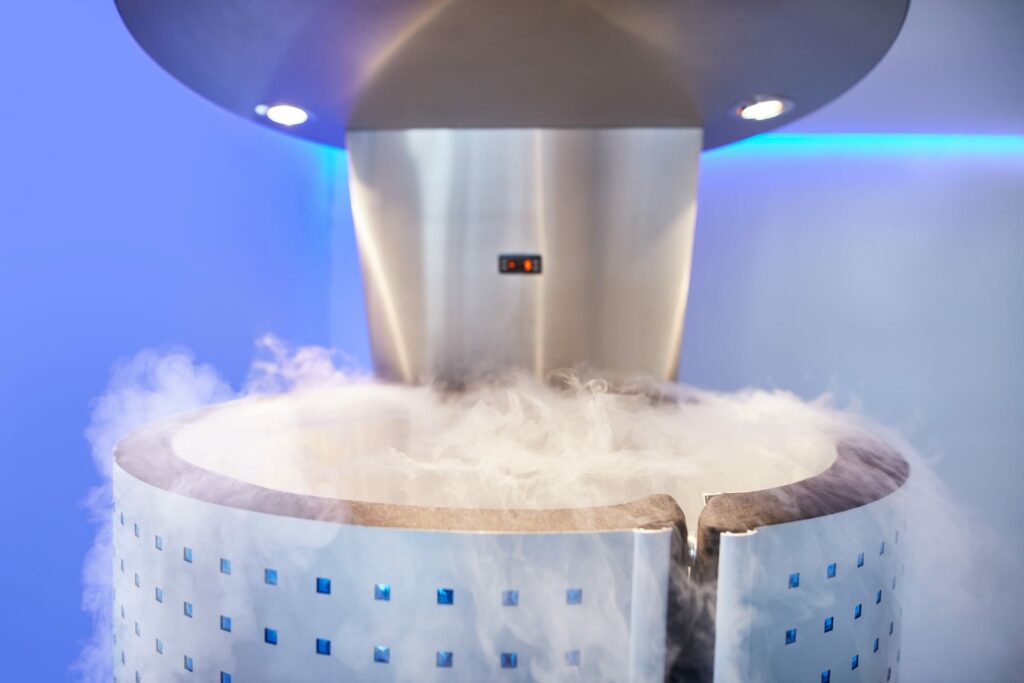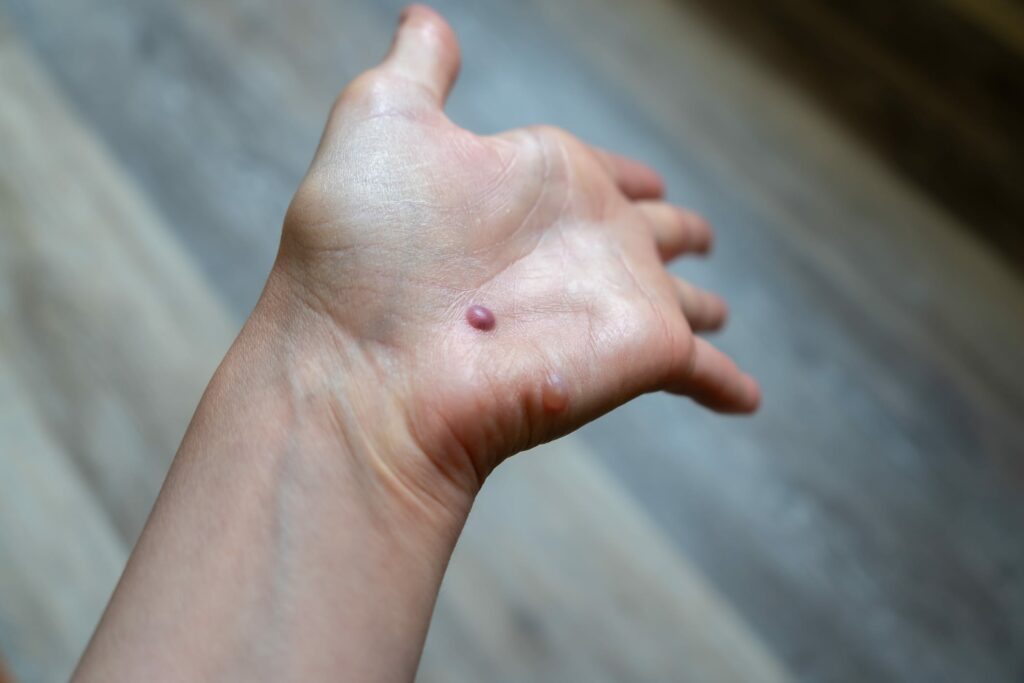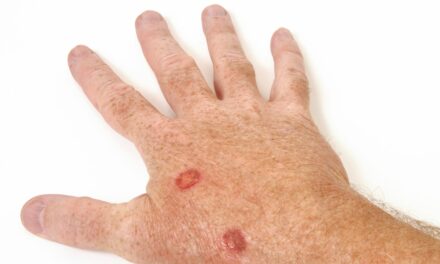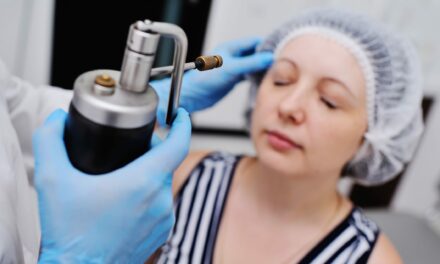Cryotherapy, a widely utilized technique in dermatology to treat various skin conditions, has seen advancements in recent years. This treatment method, which involves the application of extreme cold to destroy abnormal tissue, is being refined and expanded in its applications.
Here, we explore the latest developments in cryotherapy for skin conditions, focusing on improved techniques, expanded applications, combination therapies, ongoing research, and safety measures.
Improved Techniques and Devices
The precision and efficacy of cryotherapy have been enhanced through the development of advanced devices and techniques. Modern cryotherapy equipment now includes sophisticated temperature monitoring systems and improved delivery methods.

For instance, cryo chambers and localized cryotherapy devices can precisely target affected areas, ensuring optimal therapeutic outcomes while minimizing damage to surrounding healthy tissues. These innovations have not only improved the precision of treatments but also enhanced patient comfort and reduced invasiveness (DermNet NZ).
Expanded Applications
Cryotherapy’s scope has broadened significantly, making it a versatile tool for dermatologists. It is effectively used to treat a variety of skin conditions, including:
- Actinic Keratosis and Seborrheic Keratosis: Cryotherapy is particularly effective for actinic keratosis, a precancerous condition caused by sun damage. Seborrheic keratosis, a benign skin growth, also responds well to cryotherapy, often requiring multiple freeze-thaw cycles for thicker lesions (DermNet NZ).
- Viral Lesions: Conditions such as verrucae (warts) and molluscum contagiosum are treated with high success rates using cryotherapy. These treatments typically involve one or more sessions, depending on the lesion’s size and depth (DermNet NZ).
Combination Therapies

Combining cryotherapy with other treatments has shown to enhance its effectiveness. For example, using keratolytics like salicylic acid before cryotherapy can improve the cure rates for plantar warts.
This combination therapy helps to soften the lesions, making them more responsive to the freezing process (AAFP) (DermNet NZ). Such synergistic approaches are increasingly being adopted to maximize treatment outcomes.
Clinical Trials and Research
Ongoing research and clinical trials continue to push the boundaries of cryotherapy’s applications. Studies are exploring its efficacy in treating more complex conditions, including certain types of skin cancer and chronic skin disorders.
For example, research into cryotherapy’s role in managing basal cell carcinoma and squamous cell carcinoma has provided promising results, offering a less invasive treatment option for select patients (AAD Meeting News) (DermNet NZ). These positive outcomes contribute to the growing acceptance and application of cryotherapy in diverse dermatological treatments.
Safety and Awareness
While cryotherapy is generally considered safe, it is essential to be aware of potential side effects and contraindications. Common side effects include pain, blistering, and temporary skin discoloration. More severe but rare complications can include frostbite, nerve damage, and hypopigmentation (DermNet NZ). Recent efforts have focused on educating healthcare professionals and patients about these risks and ensuring proper procedural protocols to minimize adverse effects. Additionally, patient selection and technique optimization are crucial to reducing complications and achieving successful outcomes.
The field of cryotherapy in dermatology is rapidly evolving, with new developments enhancing its effectiveness and expanding its applications. Improved techniques and devices, expanded treatment options, combination therapies, ongoing research, and a focus on safety are all contributing to cryotherapy’s growing role in dermatological care. As research and technology continue to advance, cryotherapy is poised to offer even more innovative solutions for managing various skin conditions, improving patient outcomes, and expanding the therapeutic toolkit of dermatologists.
Photo 245998956 © Hrishchenko Oleksandr | Dreamstime.com




